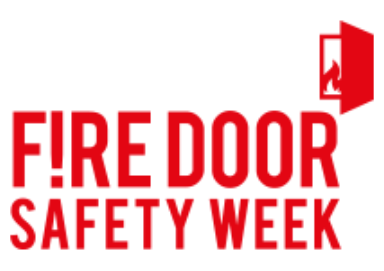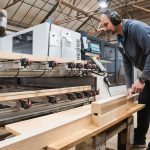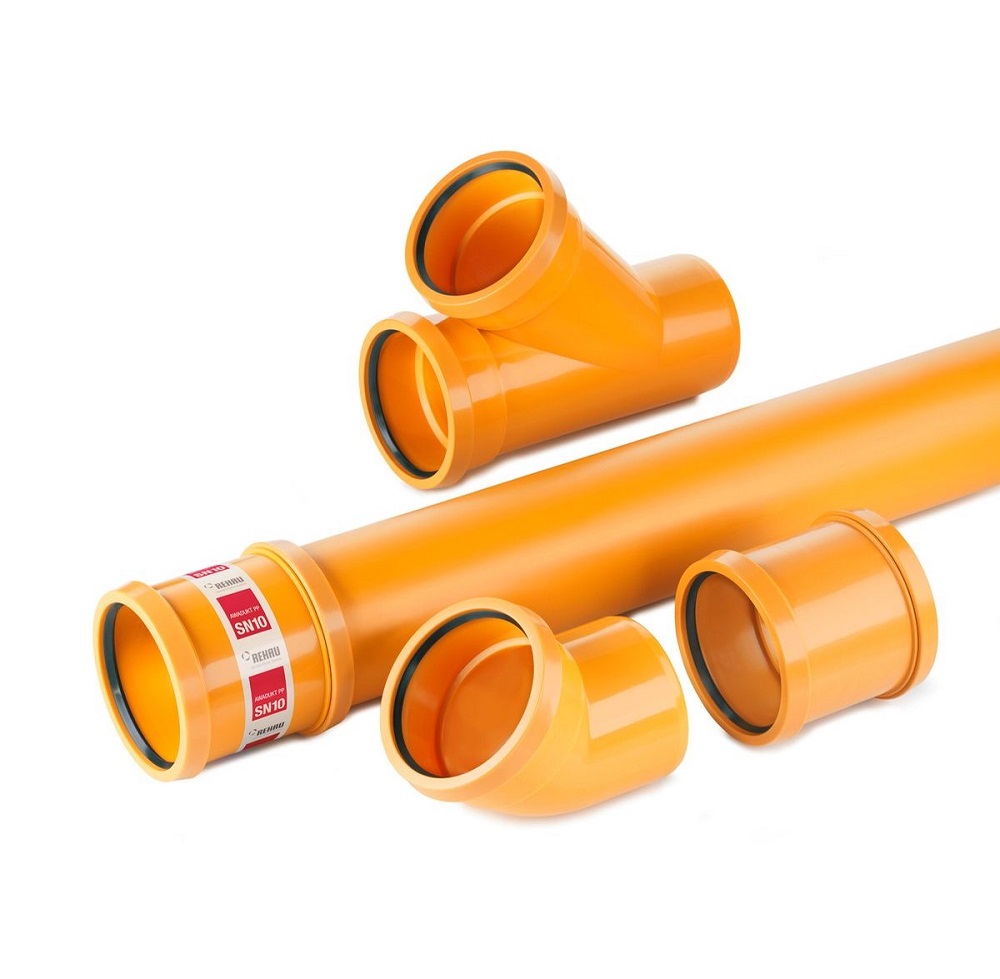Fire Door Safety Week – five powerful films

To coincide with Fire Door Safety Week (FDSW), the British Woodworking Federation has commissioned five powerful films to raise awareness of the critical role that fire doors play in protecting occupants, buildings and fire fighters in the event of a fire and draw attention to a legacy of neglect when it comes to fire door inspection and maintenance.
We’ve been here before
The Grenfell Tower tragedy claimed the lives of 72 people and created untold trauma in the lives of many thousands more. Such an atrocity can never be allowed to happen again. The Grenfell fire must finally be the catalyst for government, building owners, landlords and those involved in the fire and construction industries to come together and make buildings safe now. And what of the legacy of the Grenfell fire? It can only be that those same stakeholders ensure that they are implementing robust frameworks to new and existing buildings now, to ensure that they remain safe for generations to come.
The Fire Door Safety Week message remains the same: fire doors save lives and property.
Smoke gets in your eyes
This film demonstrates the deadly speed with which smoke can spread, laden with toxins. As smoke travels much faster than fire, it will usually kill long before the actual fire does: in just a few seconds, it can fill a room. Disorientation, dizziness, unconsciousness – and then death – soon follow. However, a proper fire door that is fitted with all its fire and smoke seals and is closed tightly against its frame will, in most cases, delay the spread of fire and smoke long enough for the fire to be brought under control.
The 5 step check
We walk past dozens of fire doors every day without even noticing them. We don’t give them a second thought – at least, not until we need them. But fire doors are a critical element in preventing the spread of fire and smoke, and it should be everybody’s responsibility in a shared building to make sure that they are fit for purpose.
The five-step check is something that anyone can do:
1. Look for labels or markings that show the door is third party certificated and has traceability back to the original manufacturer
2. Look that the door is marked correctly with the appropriate signage and that it closes tightly against the frame
3. Ensure that the door or frame has the fire and smoke seal, and that the door closes correctly with an even gap all around of about 3mm
4. Check the fire-rated hinges are fitted firmly in the door and that there are no missing screws
5. Make sure the door is not damaged or ever wedged or propped open
The check won’t replace a full inspection by a competent individual – but will highlight if there are any problems that need fixing.
In memory of the victims and in solidarity with the survivors of Grenfell
The unspeakable tragedy of Grenfell Tower is remembered and mourned in a moving film from The British Woodworking Federation, released during Fire Door Safety Week (FDSW). The appalling fire in June 2017 that claimed 72 lives shocked London, the country and the world.
The importance of third-party certification
How do we know that a fire door has been produced to a high standard and will effectively do its job in a fire?
It may come as a surprise to many but, in the UK, a manufacturer can simply self-certify that their fire doors comply with safety standards. Astonishingly, third party certification – which means that a fire door has been put through a number of rigorous independent checks – is not yet mandatory. It’s for this reason people should check whether a fire door third-party certified, which guarantees a number of reassurances including:
• A manufacturer’s declaration of performance
• An original test report
• An effective quality management system in the factory
• Full traceability via permanent labelling or markings
Hannah Mansell, spokesperson for FDSW, as well as British Woodworking Federation head of technical research and insight, chair of the Passive Fire Protection Forum and a trustee of the Children’s Burns Trust, says that the industry needs to continue to lobby for third party certification to become mandatory. At the same time, the pace of industry research, innovation and collaboration needs to continue to ensure that fire doors are of the very best quality both today and on into the future.




















